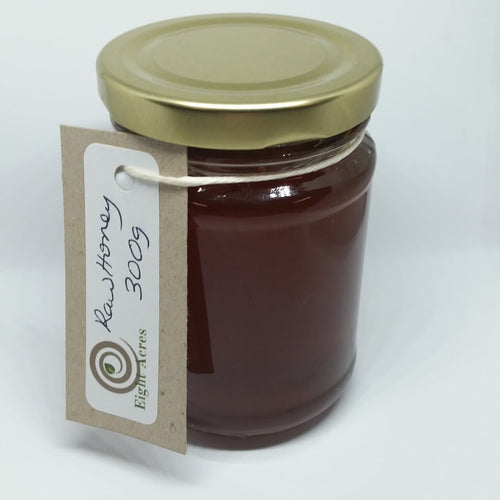Beginner beekeeper: Wiring frames and foundation
In case you missed it, Pete and I recently got started with beekeeping! We bought a whole lot of gear from an old beekeeper, I call that our "starter kit". It included all sorts of things, and Pete has been far better than me at figuring out what some of it is for. We also bought some new equipment, such as hives and frames. Previously I showed you how we (Pete) uses the frame box to make the frames. The next step is wiring and installing foundation.
There is some debate amongst beekeepers about whether foundation is necessary, or whether is would be better to allow the bees to build their own comb naturally. Certainly top bar and warre hives do not use foundation. It is used by commercial beekeepers for a few reasons:
There is some debate amongst beekeepers about whether foundation is necessary, or whether is would be better to allow the bees to build their own comb naturally. Certainly top bar and warre hives do not use foundation. It is used by commercial beekeepers for a few reasons:
- The wire keeps the comb more stable during transport (you don't lose as much honey)
- The foundation encourages the bees to build straight comb in the right direction so that frames can easily be removed by the beekeeper either to inspect the hive or take the honey
- The beekeeper can control (or try to control) the size of the holes in the comb to encourage larger worker bees but fewer drones (for more honey)
- The bees don't have to waste energy building as much comb themselves (and can make more honey)
| foundation beeswax |
I know that there are plenty of beekeepers using no foundation or only some foundation and I would like to try that eventually. As well as being more natural for the bees, it gives us better control over the chemicals in our hive (I would prefer this to be zero). The foundation that we buy is produced from other beekeepers' harvested beeswax, which may or may not contain chemicals (pesticides and antibiotics used in bee hives), so while we are using foundation we can't be sure what is in it. However, for now, we are doing things the traditional way so that we can learn more about the bees first and figure out the more novel management methods later.
And so every new frame needs wire and foundation (when we extract the honey, we can put the spent frame back in the hive, these are called "stickies"). Pete is in charge of wiring, using the wiring board that came in our "starter kit" and a new roll of stainless steel wire.
The wire passes through four pre-drilled holes in the sides of the frames, some people put eyelets in these holes to stop the wire from splitting the wood. We were told this wasn't necessary, but I'm sure we will find out in time if that was good advice! The wiring board uses a series of wheels to pull the wire tight on the frame and its finished off by wrapping around a nail in the side of the frame.
I get the "arts and crafts" job of melting the wax foundation onto the wire. We use an electric embedding tool, it is powered off a 12V car battery, with four lengths of copper tube to conduct the electric charge into the wire.
The stainless steel wire has resistance to electric charge, so it gets hot and melts the beeswax foundation. Its surprising how quickly the wire heats up, it doesn't take much and the risk is cutting the foundation if I hold it too long. We have a board cut to the size of the foundation sheets that sits in the frame to support the foundation at the right height to do the embedding. You can also get a little tool like a pizza cutter that you run along the wires to embed, and there's a few other options. This one came as part of our "starter kit" and its pretty easy and quick to use.
What do you think? Have you wired frames? Embedded foundation? Do you go foundation-free?
Other posts about bees on Eight Acres:




















Leave a comment